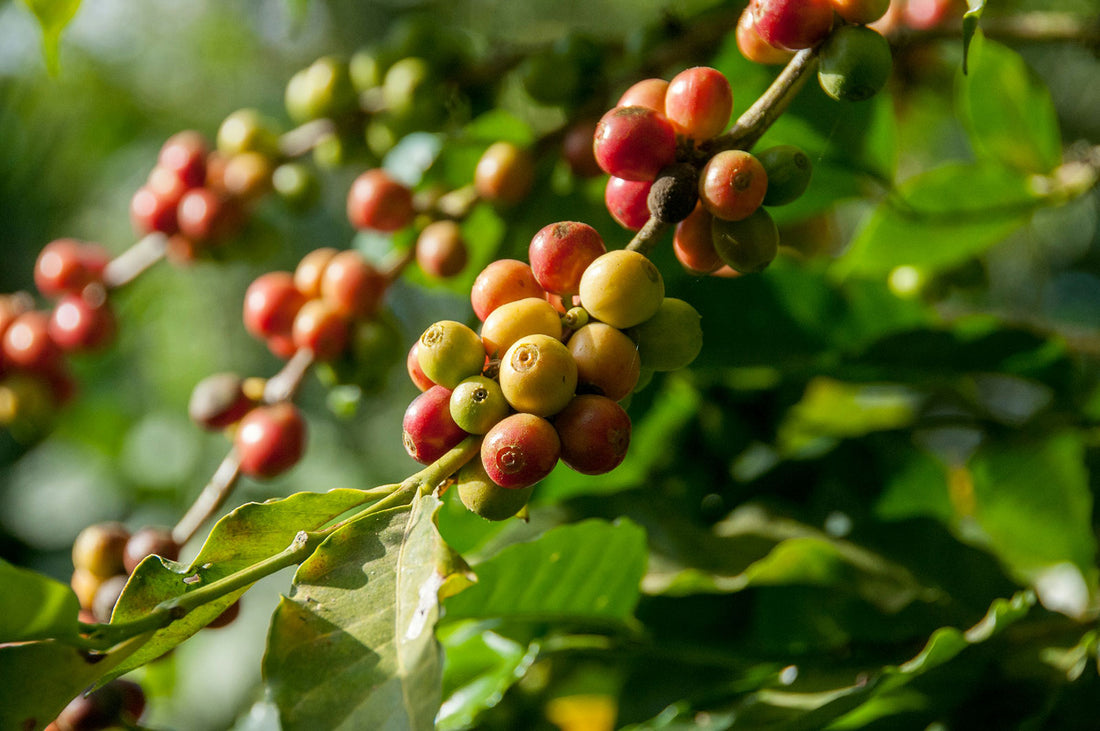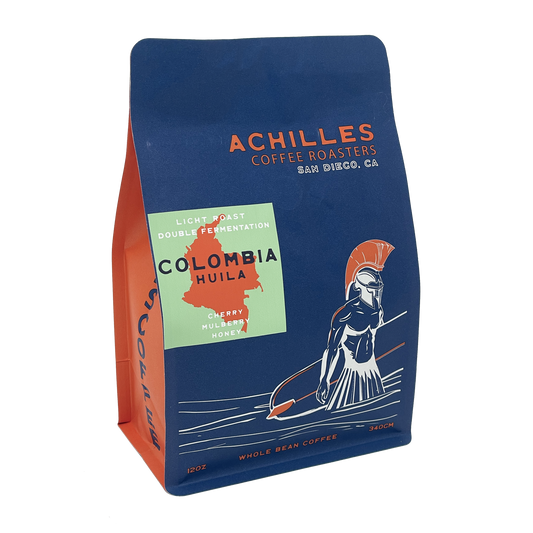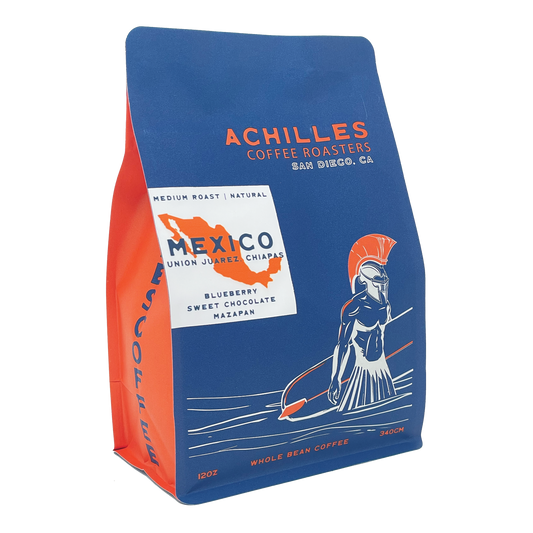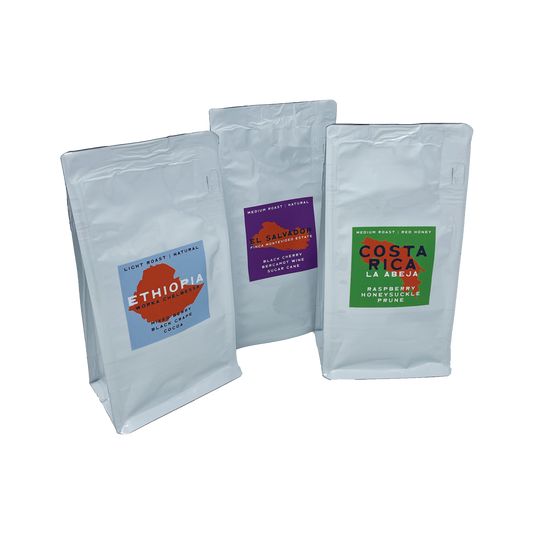
Exploring the Origins and Journey of SL28 and SL34 Coffee Varieties
Our limited offering Hacienda Sonora SL28 has been a huge hit. I only purchased one bag so its going fast and likely by the time you are reading this blog post it will be sold out. However, my intention with this post is to briefly discuss the Origins and Journey of SL28 and SL34 Coffee Varieties.
Our Hacienda Sonora SL28 scored a 93 on Coffee Review and you can read the official review here. Although our offering is a coffee from Costa Rica produced by Diego Guardia, the variety originated in Kenya. So the following is a little bit of SL28 history for those of you who share a love and fascination with not only coffee but history as well.
Coffee Roasters often speak in highly of two particularly distinguished varieties; SL28 and SL34. These varieties, originating in Kenya, are known for their exceptional cup quality. Their journey from Kenya to other coffee-growing regions around the world, in our case Costa Rica, is a tale that intertwines agricultural science, colonial history, and the relentless quest for the perfect cup of coffee.
Kenyan Roots And A Colonial Legacy
The story of SL28 and SL34 begins in the early 20th century, under British colonial rule in Kenya. Scientists at the Scott Agricultural Laboratories (hence the "SL" in their names) were tasked with developing coffee varieties that would thrive in the local environment. SL28 and SL34 were selected not only for their adaptability to the Kenyan climate but also for their exceptional cup quality.
SL28 - The Flavor Favorite
SL28 is renowned for its exceptional drought resistance, a trait that makes it highly suitable for Kenya's varying climatic conditions. It's the flavor profile of SL28, however, that truly sets it apart. Our roasting profile delivered a very fruit forward cup with strong notes of grape jam, cranberry, and fudge.
SL34 - Thriving in the Rain
SL34, on the other hand, was selected for its ability to thrive in wetter conditions. While its flavor profile is similar to that of SL28, it is often noted for its slightly more savory characteristics, with a complex balance of sweet and acidic notes.
A Seed’s Global Reach
The fame of SL28 and SL34 soon spread beyond Kenya's borders. Coffee growers in Latin American countries, attracted by the varieties' unique flavor profiles and adaptability, began experimenting with these beans. Today, SL28 and SL34 can be found in countries like Colombia, Panama, and Costa Rica.
Disease Resistance and Its Challenges
However, the journey of these varieties has not been without its challenges. One of the biggest obstacles facing SL28 and SL34 is their susceptibility to diseases, particularly Coffee Leaf Rust and Coffee Berry Disease. This vulnerability has led farmers and scientists to seek more disease-resistant varieties.
Ruiru 11 The Disease-Resistant Hybrid
Enter Ruiru 11, a hybrid developed in Kenya to combat these diseases. Unlike SL28 and SL34, Ruiru 11 was specifically bred for its resistance to Coffee Leaf Rust and Coffee Berry Disease. This variety has gained popularity among farmers who face significant losses from these diseases.
However, the trade-off comes in the cup quality. While Ruiru 11 offers a decent flavor profile, it generally lacks the depth and complexity of SL28 and SL34. This has led to a divide among coffee producers, some prioritize the disease resistance of Ruiru 11, while others prefer to take their chances with the superior flavors of SL28 and SL34.
The Future of Coffee Varieties
As the coffee industry continues to evolve, the balance between flavor quality and disease resistance remains a pivotal challenge. The story of SL28 and SL34 is emblematic of this ongoing struggle. While efforts are underway to develop new varieties that can offer both exceptional flavor and robust disease resistance, the legacy of SL28 and SL34 remains a testament to the enduring quest for the perfect cup of coffee.
The story of SL28 and SL34 is not just about two coffee varieties; it's a narrative that reflects the broader complexities of agriculture, especially in a warming environment, taste, and sustainability in the world of coffee. As coffee lovers around the globe continue to savor distinct flavor profiles, the quest for the perfect balance in coffee cultivation continues.




